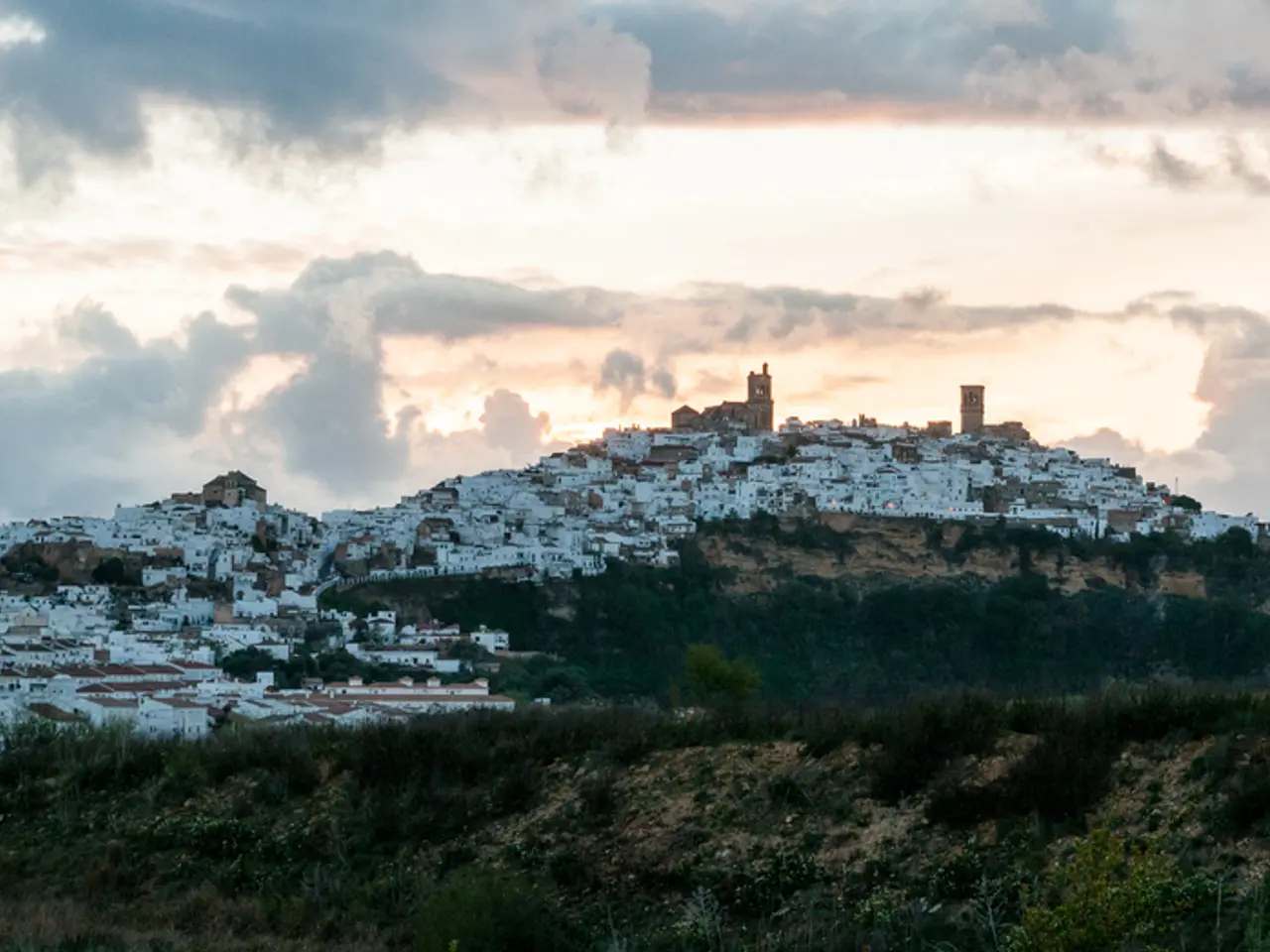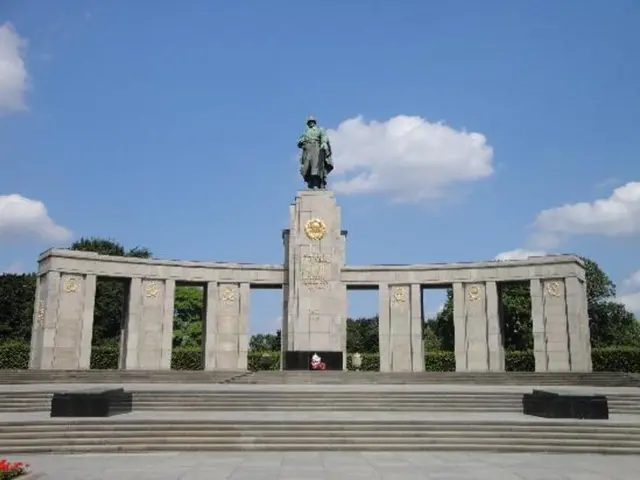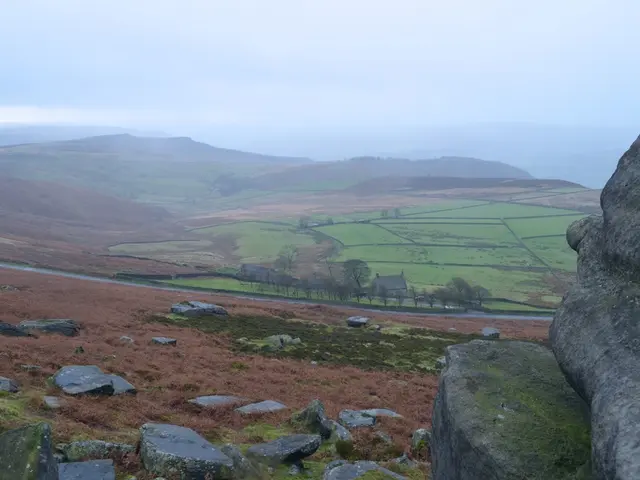Determine Which Vietnamese City Suits Your Preferences: Hanoi or Ho Chi Minh City
Hanoi, Vietnam's capital and a thousand-year-old city, boasts a cultural, historical, and traditional atmosphere that sets it apart from its southern counterpart, Ho Chi Minh City. While Hanoi is known for its imperial sites and the Old Quarter's 19th-century teak-beamed Chinese shophouses, Ho Chi Minh City (previously Saigon) has grown exponentially since the country's reunification after the Vietnam War.
Ho Chi Minh City, now Vietnam's largest urban hub, is a city on the move. With a population of 10 million people, it's growing at a breakneck speed. The opening of Ho Chi Minh's first Metro line in December 2024 will make it even easier to navigate this bustling metropolis. The city is also a gateway to the Mekong Delta, offering a unique blend of urban energy and rural charm.
One of the most striking differences between the two cities lies in their unique attractions and experiences. Ho Chi Minh City offers a sobering glimpse into the Vietnam War through sites like the Cu Chi Tunnels and the Independence Palace, both of which are unique to the HCMC area. The Cu Chi Tunnels, a vast underground network used by Vietcong during the war, allows visitors to explore a preserved 90-meter section and understand guerrilla warfare tactics. The Independence Palace, symbolic of the war's end, is a must-visit for anyone seeking to understand the southern experiences of the war.
In contrast, Hanoi's historical sites are more focused on the country's imperial past. The Temple of Literature, built in the 11th century, honours the Chinese philosopher Confucius, while the Ho Chi Minh Mausoleum in Ba Dinh district displays the embalmed body of Vietnam's greatest national hero, communist leader Ho Chi Minh.
Ho Chi Minh City's unique modern skyline is another point of difference. The Bitexco Financial Tower, with its observation deck and the Ao Dai Museum, offers panoramic city views and illustrates HCMC's rapid development. This ultra-modern landmark is absent in Hanoi's skyline.
The urban vibe of Ho Chi Minh City is also evident in areas like Nguyen Hue Square, a vibrant pedestrian boulevard hosting festivals, concerts, and lively nightlife. Surrounded by iconic French colonial architecture such as the Ho Chi Minh City Town Hall, this central urban experience and nightlife atmosphere differ from Hanoi’s Old Quarter ambiance.
HCMC also offers a plethora of quirky urban experiences. Secret Experiences offers cocktail tours to find hidden speakeasies, while sipping coffee in secret bunker cafes and hunting for vintage items on La Cong Kieu Street are other unique activities that set HCMC apart.
In the art scene, Galerie Quynh in District 1 showcases cutting-edge sculpture and installations, while the Museum of Fine Arts in District 1 houses traditional Vietnamese lacquer and silk painting.
Meanwhile, Hanoi's Hoan Kiem Lake, a serene body of water on the edge of the Old Quarter, is home to Thap Rua, a weather-worn, moss-strewn tower on a tiny island. The city is also home to the Vietnam Museum of Ethnology, which showcases Vietnam's 54 ethnic groups, and the Vietnamese Women's Museum, which explores folk religion and features exhibits about wartime heroines.
Lastly, it's worth mentioning that Ho Chi Minh City is renowned for its vibrant and cosmopolitan street food and bars, particularly after dark. The Hôtel des Arts in District 3 offers some of the best views of the city from its rooftop bar.
In summary, Ho Chi Minh City’s uniqueness lies in its southern war history sites, dynamic modern skyline, lively pedestrian culture, and quirky urban experiences, contrasting with Hanoi’s more traditional northern heritage, Old Quarter charm, and imperial sites. Whether you're a history buff, an art enthusiast, a foodie, or simply a wanderer, both cities offer unique experiences that cater to a wide range of interests.
- Discovering global cuisines is a must in Ho Chi Minh City, where the vibrant and cosmopolitan street food scene offers an unforgettable gastronomic experience, especially after dark.
- For those interested in budget-travel, Ho Chi Minh City offers deals-and-discounts at various establishments, including hidden speakeasies for unique cocktail experiences.
- Hanoi, with its imperial sites and traditional atmosphere, presents a lifestyle rooted in its thousand-year-history, especially around Hoan Kiem Lake and the Old Quarter.
- Cultural travelers can immerse themselves in Hanoi's rich history by visiting the Vietnam Museum of Ethnology, showcasing Vietnam's 54 ethnic groups, and the Vietnamese Women's Museum, featuring exhibits about wartime heroines.
- As the largest urban hub in Vietnam, Ho Chi Minh City's shopping scene spans from vintage items on La Cong Kieu Street to contemporary artwork at Galerie Quynh in District 1, offering a blend of tradition and modernity.






